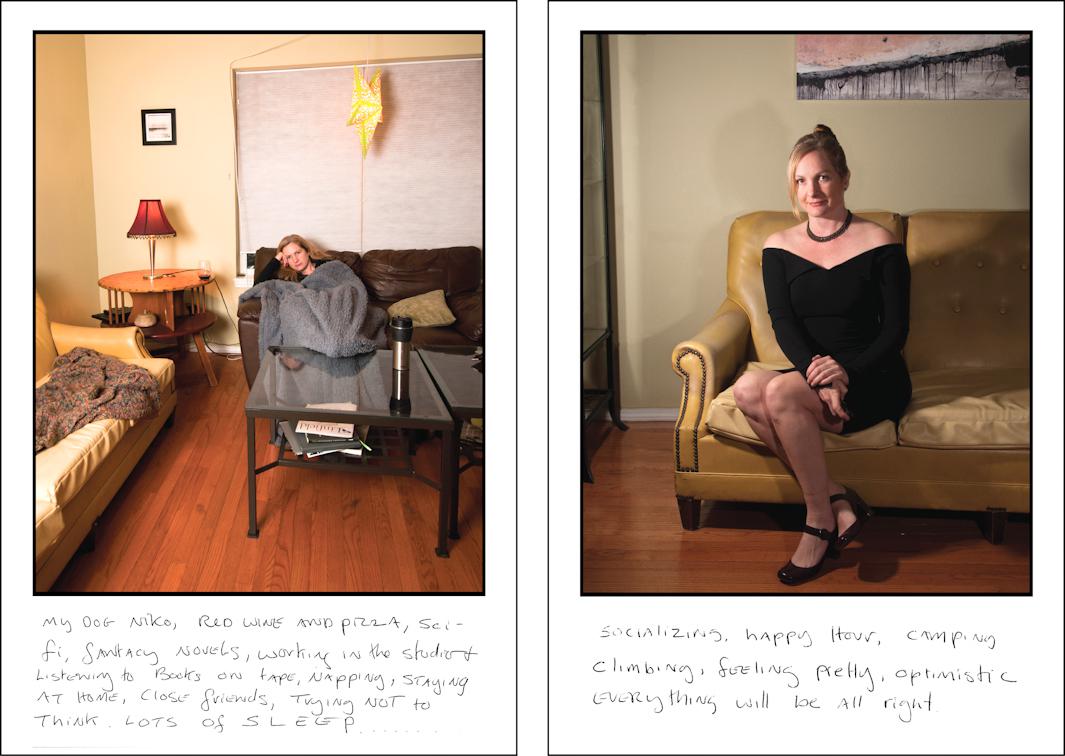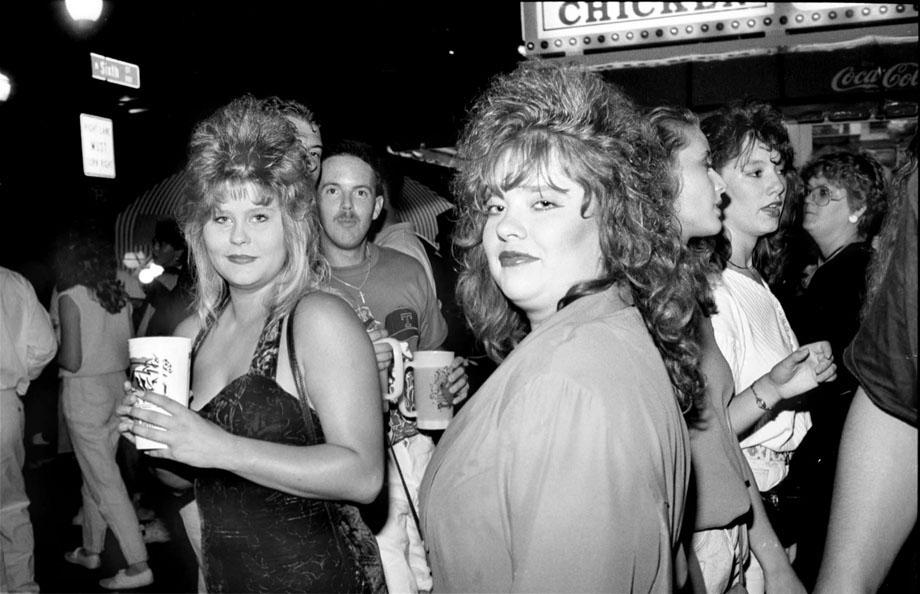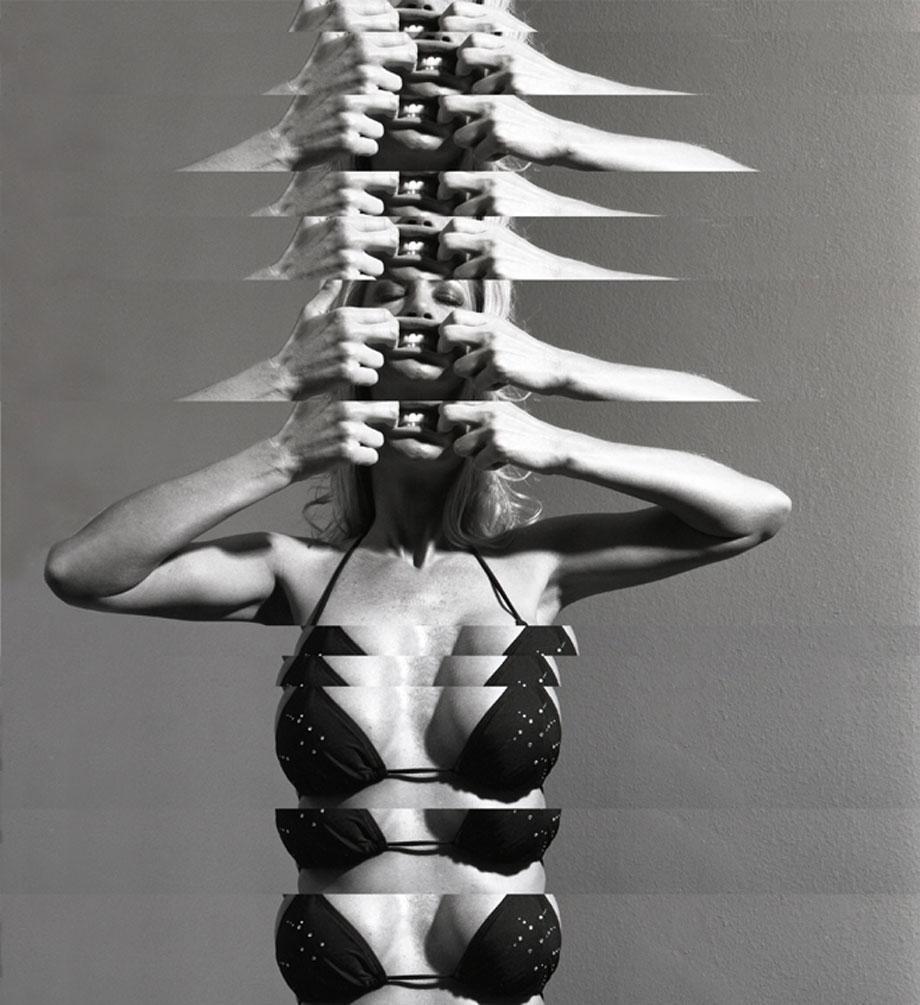Four years ago, former Slate photo editor Heather Murphy hired me to work on a brand-new photography blog called Behold. Since then, we’ve produced about six stories a week, covering art photography, documentary photography, and everything in between. We interviewed photographers—in person, via Skype, on the phone, or by email—and gave them a space to speak honestly and authentically about their work, in addition to introducing Slate readers to their beautiful, wild, and sometimes weird images.
Today marks the end for Behold. I hope you discovered something new, or maybe you fell in love again with work that was already special to you. I’m sure you also disagreed with some of our choices, but I hope you were able to open your mind a bit and try to understand what the photographer was after when he or she worked on a photograph. I’m happy Behold was able to give Slate readers a glimpse into the many worlds that exist within the photography community.
As a final sendoff, here are the five posts that had a big impact on me during my Behold tenure:

Endia Beal
In the fall of 2013, I was invited to a breakfast for photographers who had just finished a residency program with the Center for Photography at Woodstock. I arrived late and missed the pancakes but was lucky to meet Endia Beal, who told me about her project in which she took white middle-aged women to a hair salon and gave them “black” hairstyles. She then took their photographs in the style of corporate headshots. Her work had a mix of humor and poignancy, a look at both race and gender; it quickly went viral.
“I wanted people that had a certain idea of what you’re supposed to look like in the workspace, because it would be a challenge for them to understand what I experienced in that space,” Beal said. “And to a degree, many young white women have shared that experience, but for older white women it’s an experience they haven’t necessarily had.”
* * *

Liz Obert
While jurying Photolucida’s Critical Mass, I came across Liz Obert’s “Dualities,” which is a series (now a book) about what it feels like to live with—and hide—a bipolar II disorder. I loved the work but was surprised by the reaction to it: It turned out to be Behold’s top post for traffic of all time—by a lot. Although there has been a lot of work about mental illness, “Dualities” did a great job of presenting the subtlety of what it means to put on a brave face in public while feeling completely isolated in private. It reinforced that viewers are hungry to see subjects that are often considered to be taboo.
* * *

Bradley Peters
Bradley Peters is a photographer’s photographer—someone who really knows his craft and knows how to make work that sticks in your head. When you look at his images, you might think of someone who happened to be in the right place (or maybe the wrong place) at the right time. Or you might not think anything. His images are staged, but the nuance is subtle and profound, and the thought process behind them is fascinating. By far, they’re the images I return to the most.
* * *

Richard Bram
If I had to pick a genre that made Behold readers happiest, I’d have to say street photography. Specifically, anything rooted in nostalgia—namely, New York City in the 1970s or ’80s. There are countless stories I’d be happy to revisit, but since I’m only going to point out one, let’s go with Richard Bram’s “Big Hair & True Love” that looked at the lasting effect of the 1980s (the images were taken in the early ’90s) through the hair Bram saw at some festivals around Kentucky. Does anyone not love looking at big hair?
* * *

Melanie Willhide
I love a good narrative, and you’d be hard pressed to find a more interesting one than Melanie Willhide’s “To Adrian Rodriguez, With Love,” a crazy story about a stolen laptop with two bodies of work on it, a miraculous recovery, and the realization that the thief had wiped out Willhide’s hard drive. As Willhide recovered the images, they showed up with flaws, taking glitch art to a new level. “I think it’s better,” she said to her friend about the results. Her friend agreed, and Willhide reworked the series to create an exciting and gorgeous body of work.